Louis le Brocquy HRHA (1916-2012) Two Studies of Joyce Watercolours, each 59 x 45cm (23¼ x 17¾'') Framed as one, one signed with initials and dated (19)'82 Provenance: From the collection of the late Gillian Bowler. Louis le Brocquy began what was to be a major theme in his work, his portraits of James Joyce in the early 1960s alongside his first explorations of ancestral heads. While his studies and reconstructions of the heads of famous people from Shakespeare and Descartes to well-known Irish writers such as W.B. Yeats, Samuel Beckett and Seamus Heaney were, at least in part, prompted by a commission in the 1970s to paint a Nobel Prize Winner, the James Joyce images appear to have sprung from the artists personal fascination with the celebrated author of Ulysses. Over the following two decades he produced over 120 studies of Joyce in various media, although mainly in oil on canvas. And in a sense I could have kept on indefinitely, he told Michael Peppiatt because I never felt there was anything definite or conclusive about them. I think Joyces own work was rather like that, cyclic rather than linear, ending as it began, a circle to be entered at any point. It was the product of a remarkably Celtic mind, a Counter-Renaissance mind in a sense and perhaps comparable in its constant circularity, to the interlacings of the Book of Kells. (1) The first 70 or so of these heads were exhibited at Gimpel Flils in London and later at the Hugh Lane Municipal Gallery in Dublin in 1978/79, but the watercolour images here belong to the early 1980s, proof positive that le Brocquys interest in Joyce came from an abiding determination to fully comprehend the mind of the writer. The two images are quite different, that on the left showing the face in what was, for Le Brocquy, quite sharp definition. It speaks of the stern, even steely personality that drove Joyce to labour for so many years over two major, tradition-shattering novels, while the other is more remote and nebulous, - less readable, more in tune with Le Brocquys sense that there was something Celtic and Counter-Renaissance about him. The artist regularly referred to the writing of the physicist, Erwin Shrodinger, whom he met in Dublin in the late 1940s and who had an important influence on his own thought. Schrodinger was interested in the relationship between the particular and the universal, between consciousness and matter. It is interesting to speculate if Le Brocquy intended these two images of James Joyce to be framed together as a means of connecting Schrodingers ideas with the writer. These watercolour studies also relate to le Brocquys classification system for his head paintings, that on the left hovering between being a reconstructed and an occluded head while the more obscure image on the right belongs to the group the artist described as evoked as if it had emerged, without external stimulus from the depths of his memory or his contemplation of the writers work. Catherine Marshall, April 2017 (1) Peppiatt, Michael interview with Louis le Brocquy 1979, reprinted in Louis le Brocquy The Head Image, Kinsale, 1978.
Louis le Brocquy HRHA (1916-2012) Two Studies of Joyce Watercolours, each 59 x 45cm (23¼ x 17¾'') Framed as one, one signed with initials and dated (19)'82 Provenance: From the collection of the late Gillian Bowler. Louis le Brocquy began what was to be a major theme in his work, his portraits of James Joyce in the early 1960s alongside his first explorations of ancestral heads. While his studies and reconstructions of the heads of famous people from Shakespeare and Descartes to well-known Irish writers such as W.B. Yeats, Samuel Beckett and Seamus Heaney were, at least in part, prompted by a commission in the 1970s to paint a Nobel Prize Winner, the James Joyce images appear to have sprung from the artists personal fascination with the celebrated author of Ulysses. Over the following two decades he produced over 120 studies of Joyce in various media, although mainly in oil on canvas. And in a sense I could have kept on indefinitely, he told Michael Peppiatt because I never felt there was anything definite or conclusive about them. I think Joyces own work was rather like that, cyclic rather than linear, ending as it began, a circle to be entered at any point. It was the product of a remarkably Celtic mind, a Counter-Renaissance mind in a sense and perhaps comparable in its constant circularity, to the interlacings of the Book of Kells. (1) The first 70 or so of these heads were exhibited at Gimpel Flils in London and later at the Hugh Lane Municipal Gallery in Dublin in 1978/79, but the watercolour images here belong to the early 1980s, proof positive that le Brocquys interest in Joyce came from an abiding determination to fully comprehend the mind of the writer. The two images are quite different, that on the left showing the face in what was, for Le Brocquy, quite sharp definition. It speaks of the stern, even steely personality that drove Joyce to labour for so many years over two major, tradition-shattering novels, while the other is more remote and nebulous, - less readable, more in tune with Le Brocquys sense that there was something Celtic and Counter-Renaissance about him. The artist regularly referred to the writing of the physicist, Erwin Shrodinger, whom he met in Dublin in the late 1940s and who had an important influence on his own thought. Schrodinger was interested in the relationship between the particular and the universal, between consciousness and matter. It is interesting to speculate if Le Brocquy intended these two images of James Joyce to be framed together as a means of connecting Schrodingers ideas with the writer. These watercolour studies also relate to le Brocquys classification system for his head paintings, that on the left hovering between being a reconstructed and an occluded head while the more obscure image on the right belongs to the group the artist described as evoked as if it had emerged, without external stimulus from the depths of his memory or his contemplation of the writers work. Catherine Marshall, April 2017 (1) Peppiatt, Michael interview with Louis le Brocquy 1979, reprinted in Louis le Brocquy The Head Image, Kinsale, 1978.

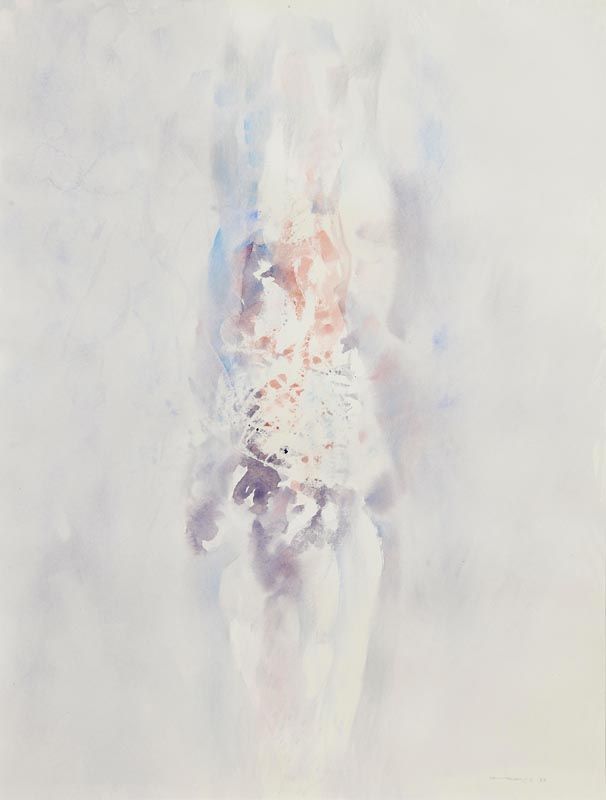



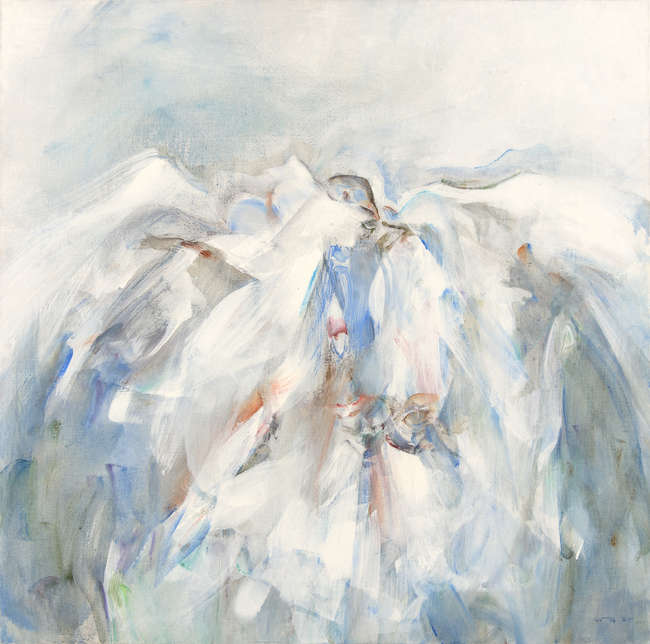
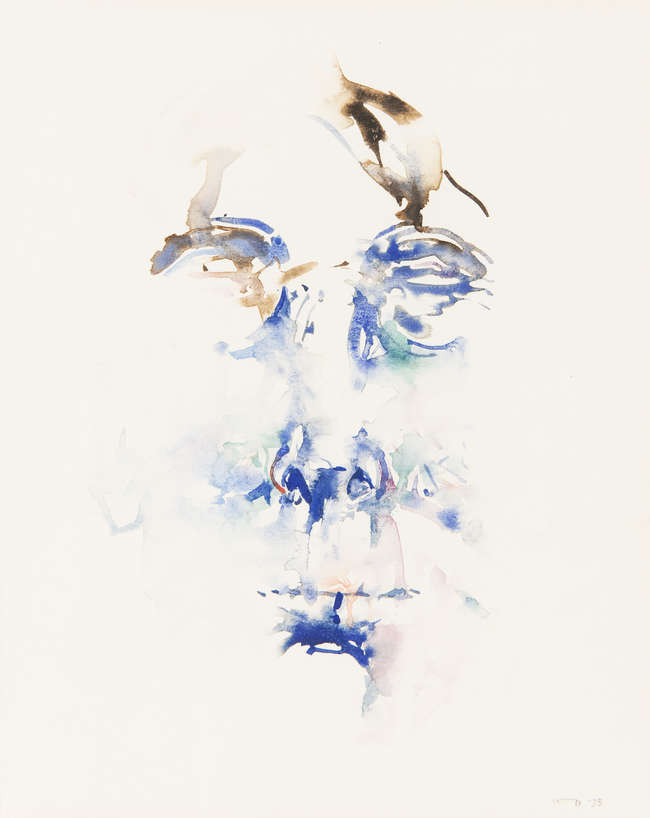
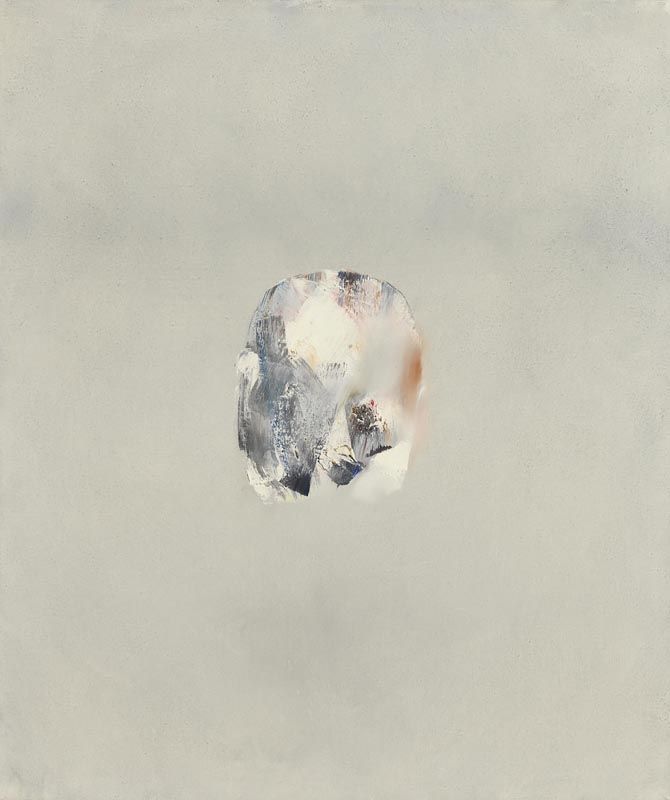
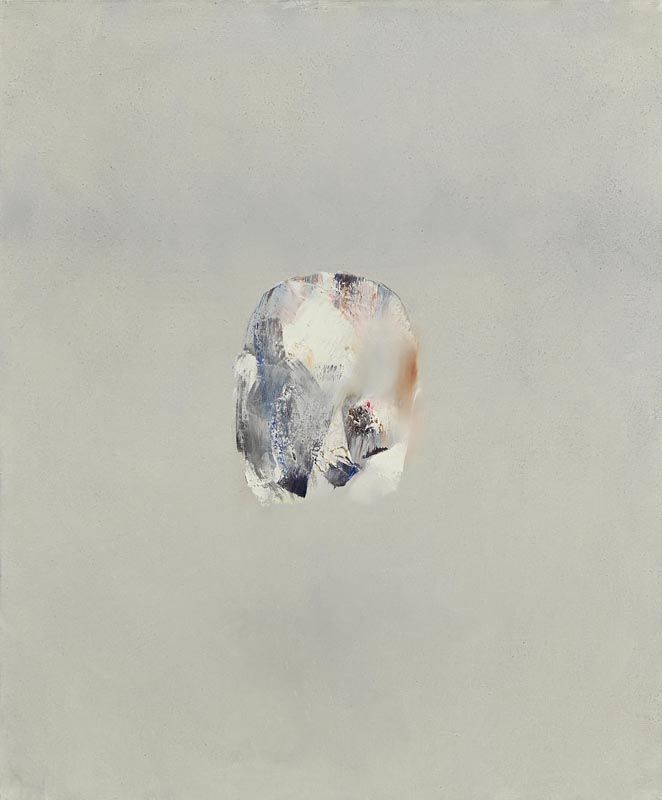
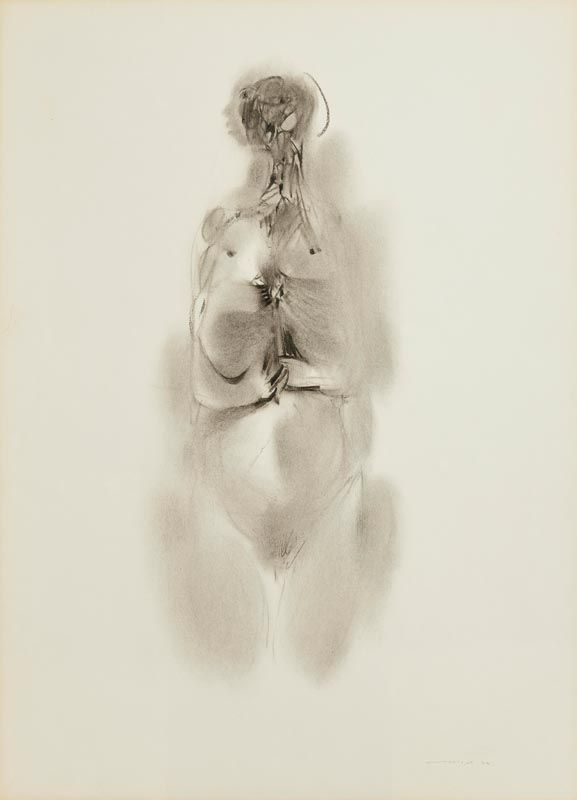
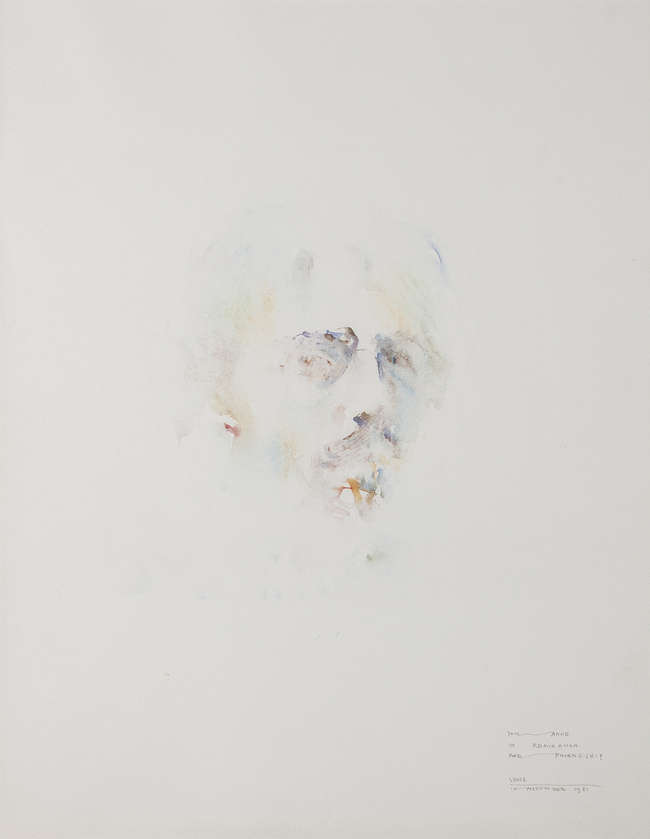
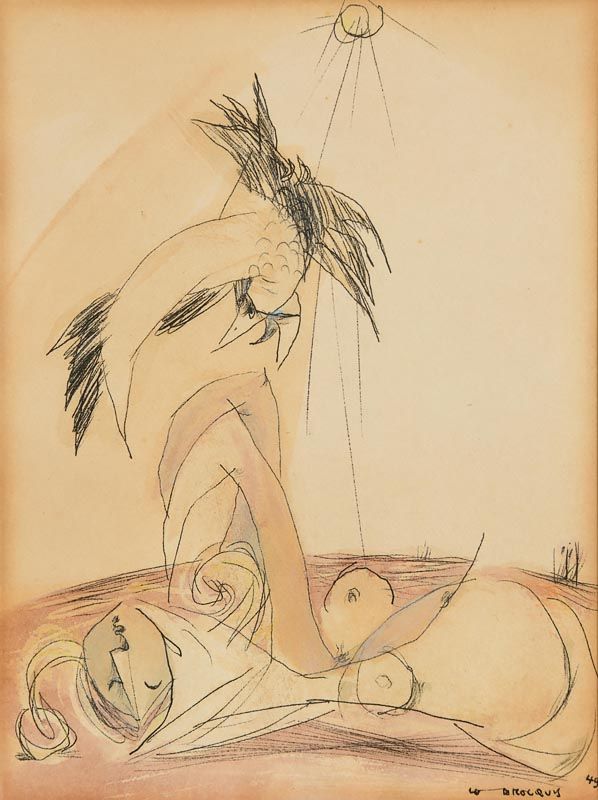



Try LotSearch and its premium features for 7 days - without any costs!
Be notified automatically about new items in upcoming auctions.
Create an alert